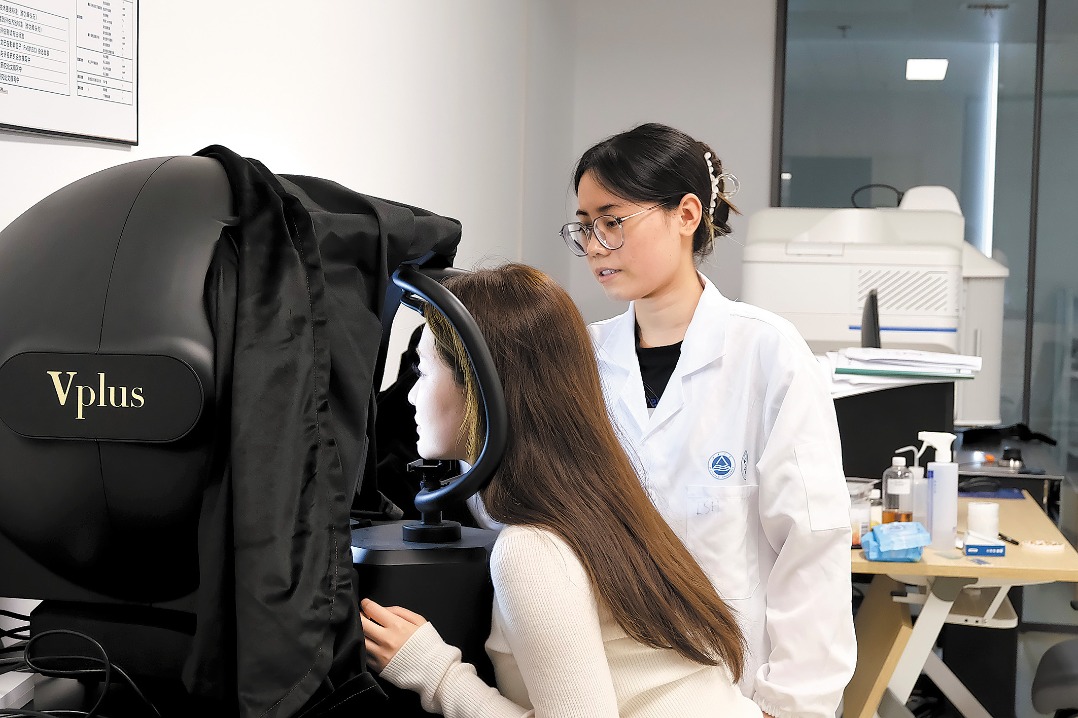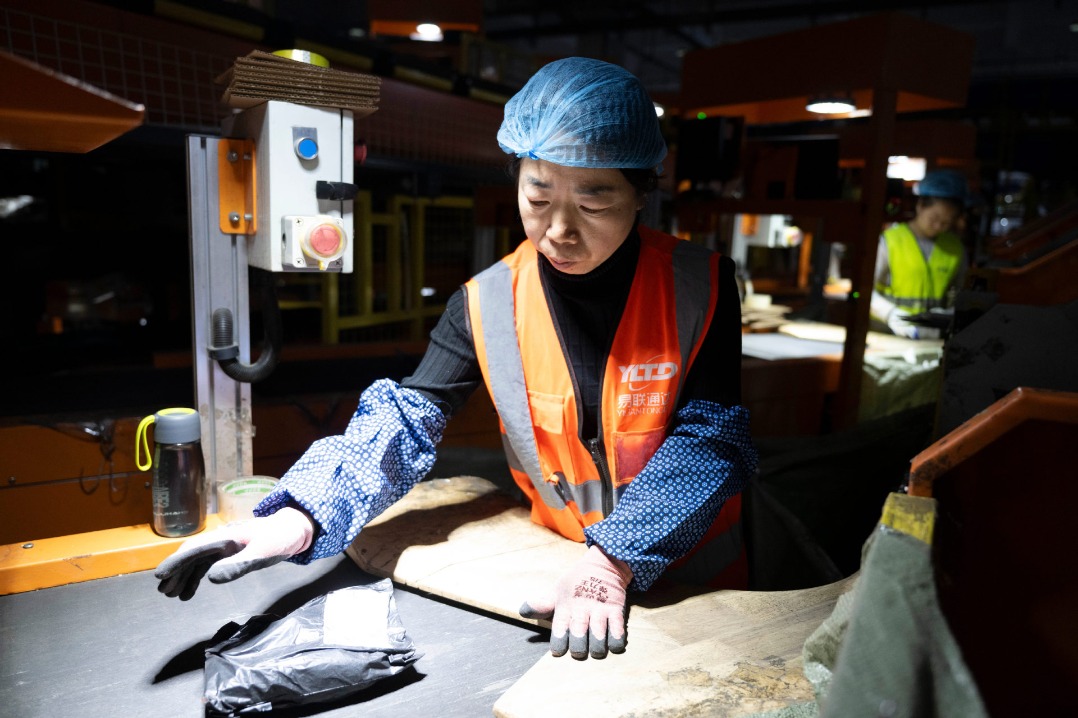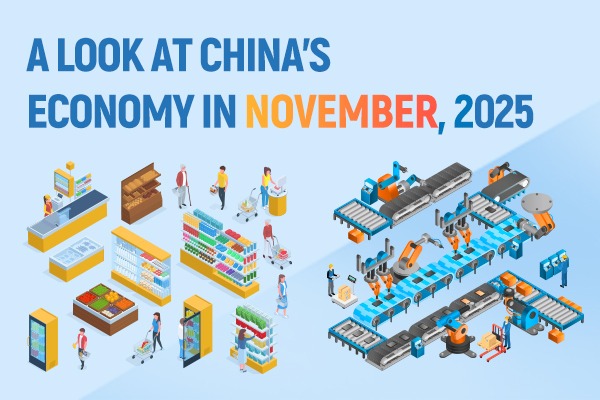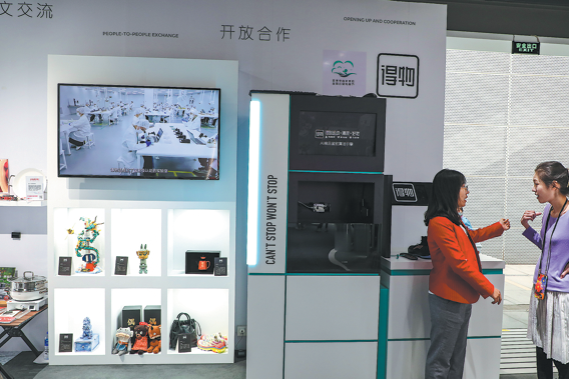Economy fast turning the tide


Stable, flexible monetary policy to boost recovery momentum in the first quarter, says PBOC official
The People's Bank of China, the central bank, expects key economic indicators to show strong growth during the first quarter, as the domestic recovery gathers speed due to a stable and flexible monetary policy, according to a senior official.
China's economic fundamentals are certainly changing for the better this year, Sun Guofeng, head of the monetary policy department of the PBOC, said in an article published in China Finance, a central bank magazine, on Wednesday.
"The worst of the novel coronavirus pandemic is passing. Key global economic indicators will recover due to the supportive macro policies and the low base effect," he said.
Economic performance during the January-to-March period may be exaggerated by the statistical readings, as the comparable base in 2020 was quite low due to COVID-19, said Sun. The official, however, warned that the lingering pandemic shocks could trigger risks that may impede global growth.
During the first quarter, China's key financial data, such as new loans, money supply and total social financing figure, are expected to show a moderate growth on a yearly basis, as the readings for the same period a year ago were high due to the stimulus measures for containing COVID-19 shocks, said Sun.
Urging more financial support for the real economy, Sun said that this year the monetary policy would focus on ensuring certain strength to sustain the economic recovery and avoid excessive loosening.
To mitigate the negative effects on economic growth, the central bank adopted an accommodative monetary policy last year, that saw the PBOC balance sheet expanding by about 4 percent. This was in contrast to the US Federal Reserve's balance sheet expansion of 77 percent, and 50 percent of the European Central Bank, he said.
China should avoid any premature exit from the stimulus measures, use the monetary policy tools at its disposal to contain financial risks and continue the deleveraging process this year, said Steven Barnett, senior resident representative in China for the International Monetary Fund.
Monetary policy tools should focus on conventional interest rate-based measures, which are in line with the continued tightening of regulations and supervision. At the same time, it should not be too reliant on extraordinary support measures, although they were necessary to contain the epidemic last year.
Barnett said China should consider a gradual exit from the special supportive measures.
Sun has cited some specific monetary policy tools like the reserve requirement ratio, relending, rediscounting, medium-term lending facility and open market operations that will be in focus this year. These tools will be used for maintaining reasonable and ample liquidity, supplementing capital of commercial banks, supporting the macro-prudential assessment scheme and ensuring growth of money supply and total social financing to match the nominal GDP growth.
Last year, China used conventional monetary policy measures and facilitated credit support to spur the real economy. Lending increased by 19.6 trillion yuan ($3.03 trillion) last year, compared with 16.8 trillion yuan in 2019, up 17 percent on a yearly basis, the PBOC said. Credit expansion rose at a much lower pace than that for hedging the 2008 global financial crisis.
China's macro leverage level, indicated by the overall debt-to-GDP ratio, was more moderate than most of the other major economies. It increased by 21 percentage points at the end of the second quarter of 2020, compared with 32.5 percentage points in the United States and 22.5 percentage points in the euro zone, Sun said in the article.
Ming Ming, head of fixed-income research at CITIC Securities, said the central bank has strengthened communication with the public since last year, which will help stabilize market expectations and avoid vulnerability. He expects the PBOC to launch more structural monetary policy tools to support technology innovation, small and medium-sized enterprises and green development.




































